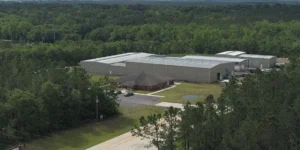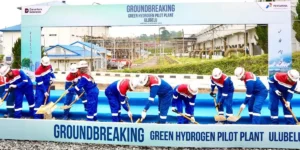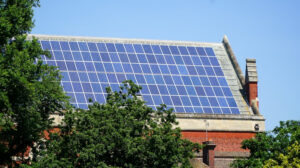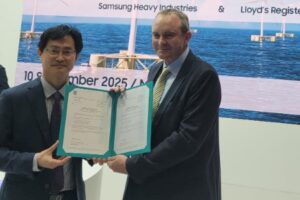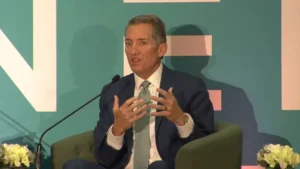EU approves biggest state aid package yet for a single hydrogen-based green steel project in Europe

The European Commission has rubberstamped a €2.6bn ($2.85bn) grant from the German government to Stahl-Holding-Saar (SHS) for its project to convert existing steel production in the state of Saarland to greener processes.
The state-aid package — the largest yet cleared for an individual steelmaker — will go towards replacing existing blast furnaces and oxygen converters at the Völklingen and Dillingen steelworks with two electric arc furnaces and a hydrogen-fired direct iron reduction plant for the latter site.
SHS has confirmed the partial conversion of its Saarland sites to green steelmaking will take a total of €3.5bn — meaning nearly €1bn will be stumped up by the firm itself.
However, the European Commission suggests the project will only “partially decarbonise” the company’s operations at this site — despite the fact that the new green steel facilities will have a higher nameplate production capacity of 3.5 million tonnes a year compared to the current 2.7 million tonnes.
This careful wording could be because SHS only plans to shift 70% of its current steelmaking to a “climate-friendly process” by 2030, in order to achieve its targeted cut in emissions by that year, with at least one coal-fired blast furnace remaining in operations.
The direct iron reduction plant in Dillingen will also initially run on natural gas, although SHS plans to launch a tender for supplies of renewable hydrogen to displace this fossil fuel.
Article continues below the advert
While SHS has announced that the plant will start operations in the 2027-28 financial year, Germany had notified the European Commission that the new facilities would start up in 2026.
The European Commission announcement also seemed to contradict SHS when it came to how much green steel would actually be produced, listing 3.05 million tonnes a year rather than SHS’s 3.5 million tonnes of production capacity.
Hydrogen Insight understands that the 3.5-million-tonnes figure represents the technical maximum from the electric arc furnaces, but SHS only plans to produce 3.05 million tonnes of green steel from them annually.
The steelmaker anticipates a total annual demand from the site of 4.9 million tonnes of crude steel, while the remaining blast furnace cannot operate below a minimum annual output of around 1.85 million tonnes.
“This is momentous news for Saarland’s steel industry,” said SHS chairman Stefan Rauber during a site visit by German vice-chancellor Robert Habeck.
“This enables us to make a historic transition in production — one that will cut carbon emissions by 55% by 2030. In doing so, we are performing a pioneering role in the decarbonisation of the German steel industry while at the same time creating the conditions that will secure our competitiveness.”
“What we are now doing here in the Saarland, in the steel industry, is a victory for climate protection, a first-class news for our customers and, all in all, a huge step towards the future of highly innovative steel production.”
The European Commission has previously approved other massive grants to help steelmakers go green.
A €2bn grant was approved for German steelmaker Thyssenkrupp in July, while Arcelormittal has racked up around €2.3bn in funding patchworked from European and Canadian governments for its green steel projects.
